Ford Bronco Sport first to feature parts made of 100% recycled ocean plastic
Green Car Congress
DECEMBER 9, 2021
Ford has become the first automaker to use 100% recycled ocean plastics to produce automotive parts. The strength and durability of the nylon material equals that of previously used petroleum-based parts but with a 10% cost savings and requiring less energy to produce.

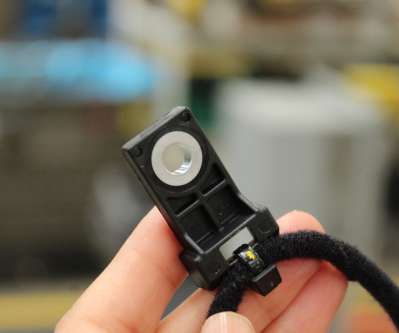
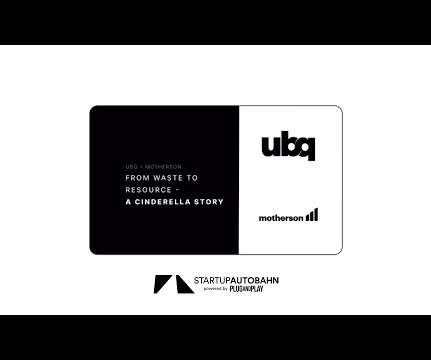


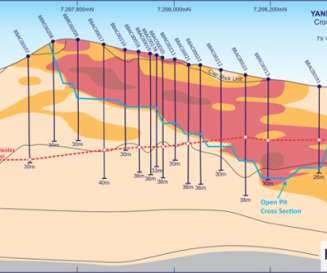














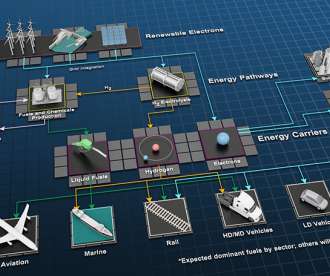


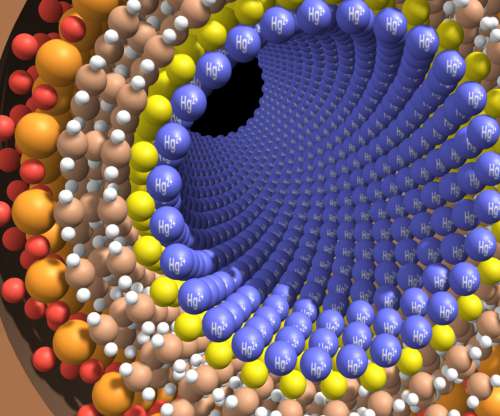





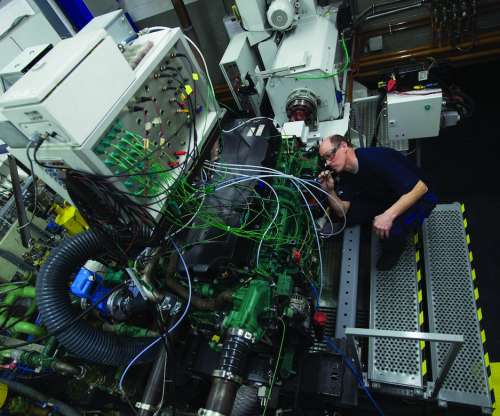





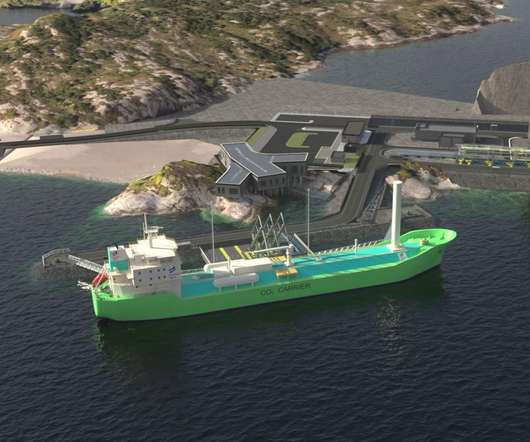








Let's personalize your content